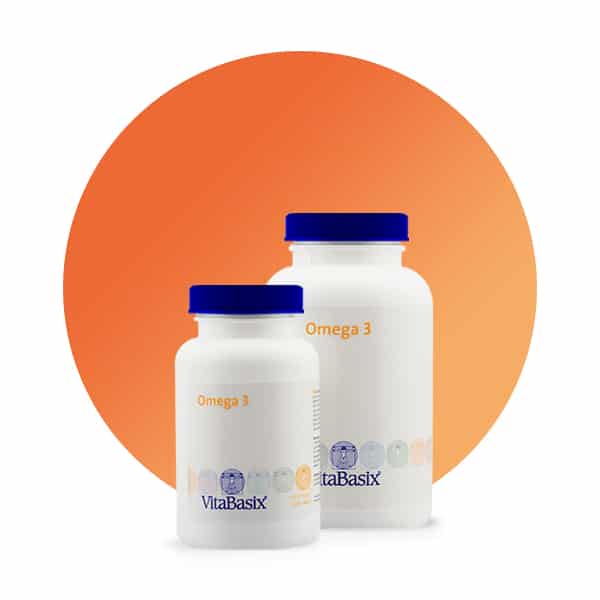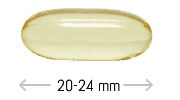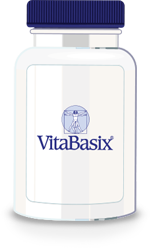Fatty acids can be divided into two groups: essential and non-essential fatty acids. While essential fatty acids must be obtained from food, non-essential fatty acids can be produced by the body itself from the essential fatty acids and other food components such as carbohydrates. Furthermore, a distinction is made between unsaturated fatty acids, which have one or more double bonds in the hydrocarbon chain, and saturated fatty acids, which have no such double bonds.
Most of the fats we consume are saturated, non-essential fats, mainly of animal origin. They improve the taste of our food, are heat stable (saturated) and can be used for cooking or baking.
Essential fatty acids are unsaturated fats. Depending on the number of bonds, they can be monounsaturated or polyunsaturated. These fatty acids cannot be produced by the body itself and must therefore be ingested through food. Due to their chemical structure, they are very unstable and must be consumed fresh, as they can only be kept for a short time after extraction or exposure to heat. Essential fatty acids are necessary for many different vital body functions.
There are two main groups of essential fatty acids: omega-3 fatty acids, including alpha-linolenic acid (ALA), and omega-6 fatty acids, including linoleic acid. Both groups belong to the long-chain polyunsaturated fatty acids. The most important essential fatty acids include DHA (docosahexaenoic acid) and EPA (eicosapentaenoic acid). Although scientists have been aware of their importance and composition for years, this knowledge was more or less limited to the fact that both fats are omega-3 fatty acids and that they are primarily found in cold-water fish such as salmon, sardines, tuna, mackerel and algae.
With sufficient intake, the body can usually partially convert the omega-3 fatty acid ALA into the long-chain fatty acids eicosapentaenoic acid (EPA) and docosahexaenoic acid (DHA). This conversion takes place – albeit very slowly – with the help of desaturase enzymes, so-called “catalysts”, which are found in many tissues.
ALA, DHA and EPA have different metabolic effects. Therefore, all three must be consumed in sufficient quantities. In addition, omega-3 and omega-6 fatty acids must be present in the right proportions. For most people, the ratio of omega-6 to omega-3 fatty acids is 20:1. Many experts believe that omega-3 intake is often too low. In their opinion, an optimal distribution would be 6:1, if not 3:1.
Cultures that have little fish in their diet have significantly lower levels of DHA in the brain than residents of coastal areas who have access to larger marine fish. In addition, for many people who “consciously” eat an almost fat-free diet, the proportion of saturated fatty acids decreases, but unfortunately so does the intake of omega-3 fatty acids. For people who restrict the consumption of eggs, meat and fish, e.g. vegetarians or people who eat little fat or have a fish allergy, the omega-3 content can also drop. People with excessive alcohol consumption also need more omega-3 fatty acids, as alcohol can reduce the normal DHA content in the brain.
Taking enough omega-3 fatty acids can help keep triglyceride levels within the normal range. At the same time, EPA and DHA levels are increased.
If the absorption of omega-3 fatty acids through the diet is not sufficient or there is an increased need, they can be supplemented through special food supplements.



 Chronobrands
Chronobrands


Reviews
There are no reviews yet.